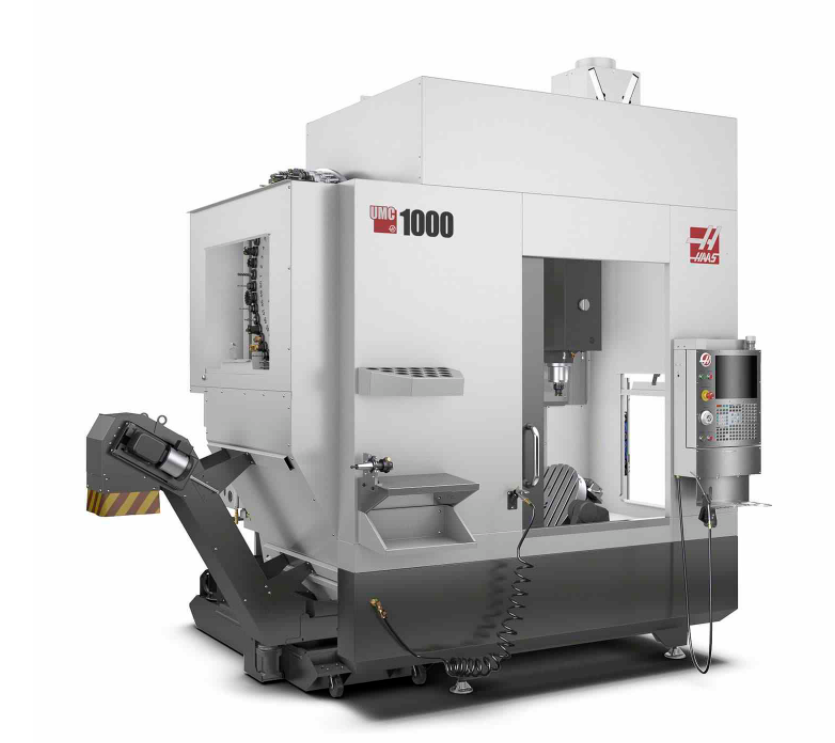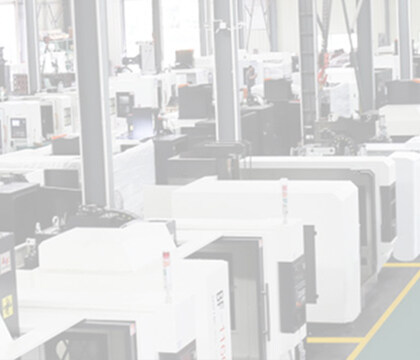- NO63, XinTai Road, XinMaLian, DaLang Town, Dongguan City, Guangdong province
- info@baofengmachine.com
Email format error
Email cannot be empty
Email already exists
6-20 characters(letters plus numbers only)
The password is inconsistent
Email format error
Email cannot be empty
Email does not exist
6-20 characters(letters plus numbers only)
The password is inconsistent

News
SELECTING THE RIGHT MACHINING CENTRE
double column milling machine factory
Considering the varied requirements of end-users, the selection of an appropriate machining center demands certain clarity. Starting from a simple 3-axis and a spindle configuration to multi-axis & multi-spindle configuration, the selection range is really wide. Different user segments necessitate certain features and configurations.
Due to continuous demand for enhancing the productivity and performance of the machine, there have been developments in the sub-systems used on the machine tools. For those who are looking out for consistent output and quick set-up changeover, the entry-level of VMCs or HMCs with 3 linear axes and a spindle makes the job shop versatile for the undertaking of diverse machining jobs.

Criteria for selecting the right machine
Some of the factors that would need some consideration in order to select the machine and its configuration include size of the work piece, nature of operations, number of set-ups required to complete the operations, special features required to support intended process, requirement to camouflage loading and unloading time of the components when the machining cycle is in progress, methodology of work piece holding and clamping, cost of manufacturing, precision level of the component (demand on the process), lifetime cost of ownership, technical abilities of the shopfloor manager, analysing if the customer is a job shop or end user and if the requirement is a replacement machine on an existing line of machines.
The four salient features which ought to get the main focus while deciding an appropriate model or version of a machining centre would be the axes strokes, spindle speeds, floor space requirement to install the machine and spindle power and torque. Based on the size of work piece and the work holding fixture, table size will get decided and this, along with the work envelop to be covered, will decide the axis strokes. Type of operations and speed of operations will directly influence the spindle taper size and the spindle power required.
Yielding a faster return on investment
According to HS Ramprakash, Vice President – Engineering, Ace Manufacturing Systems, the usual concern that they get when they suggest a horizontal machining centre to a customer is that it is too expensive. Machine tool users look at machine cost but merely miss out on return on investment.
By design and construction, VMC is much lower in cost compared to the HMC. Normally, VMC is less than 50% of the cost of HMC for its equivalent features. But the return on investment is much faster in the case of HMC. Typically, a HMC comes with an index table or a rotary table.
Replacing three machines with one not only reduces the investment cost, but also the floor space, elimination of redundant tools and the fixtures. The productivity that one can achieve with an HMC can yield a faster return on investment. Some of the advantages of HMC over VMC are reduced manpower and operator intervention, more effective spindle utilisation, shorter cycle time, reduced inventory (work in process) and easy chip evacuation. Although HMC might not be the choice of machine for all the components, there are factors like quality, application, return on investment, cost, etc. which can make one consider an HMC.
Irrespective of the geographical location, where the machine would be installed, smaller foot print machines are popular with users. A machine designed for smaller foot print needs to be highly reliable, as any break down (even planned preventive maintenance) will be difficult to attend in a line, due to reduced accessibility.
Conclusion
We offer the double column milling machine factory, welcome to contact us at any time.
